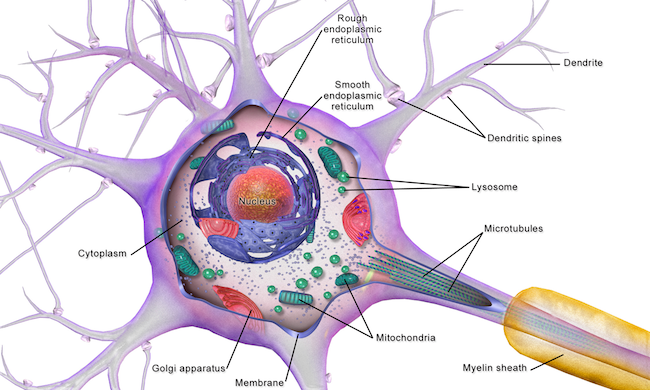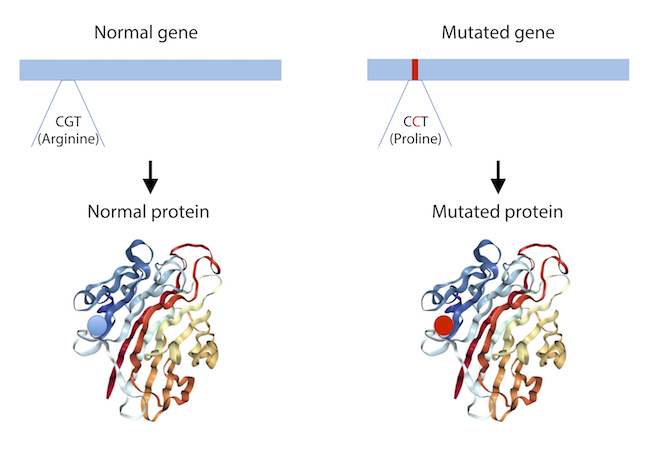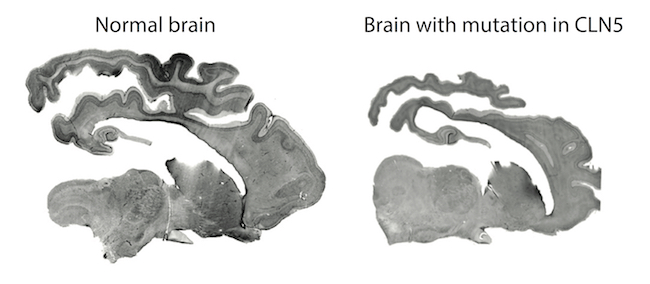Batten disease is a rare recessive genetic disorder caused by a mutation in one of 13 different genes.
One of these genes is called CLN5 (neuronal ceroid lipofuscinosis 5). The CLN5 gene encodes a protein (that means it is a 'recipe' for making a protein) The protein is also known as CLN5.
Where do you find the CLN5 protein?
You will find the CLN5 protein inside your cells, in part of the cell's recycling centre, called the lysosome.
The lysosome receives waste from around the cell and breaks it up into small pieces that can be used again.
Lysosomes are the small, round, green organelles in this picture of a nerve cell or neuron:

This video from Nucleus Medical Media explains what the parts of a cell are. Lysosomes are described at time code 4:04.
Javascript must be enabled to play this media.
If the embedded video does not work, please try this link.
What does the CLN5 protein do?
We don't know exactly what the CLN5 protein does yet, but we do know that it helps the lysosome do its recycling job correctly.
When the CLN5 gene has a mutation, one of the amino acids in the CLN5 protein is changed. This mutated CLN5 protein does not work properly.

When the CLN5 protein does not work properly, the lysosome cannot recycle waste for the cell. This leads to a build-up of waste proteins and lipids (fats and oils) that clog the cell, so that eventually it doesn't work properly either.
How does this affect someone with a CLN5 mutation?
If a person has a Batten disease mutation, it causes their neurons to stop working. These cells have problems communicating with each other and die. The person with the mutation will struggle to do anything that needs nerve cells, so will develop vision problems, seizures, personality and behaviour changes, slow learning, clumsiness, or stumbling. Eventually they will not be able to move at all or even breathe.
Here is a picture of slices through the brains of some 2-year-old sheep. On the left is a brain from a normal sheep, on the right is a brain from a sheep with a mutation in its CLN5 gene. You can see how the mutation has caused the brain to shrink.

Next: Recessive genetic disorders, family trees, and genetic testing
Previous: What is Batten disease?
